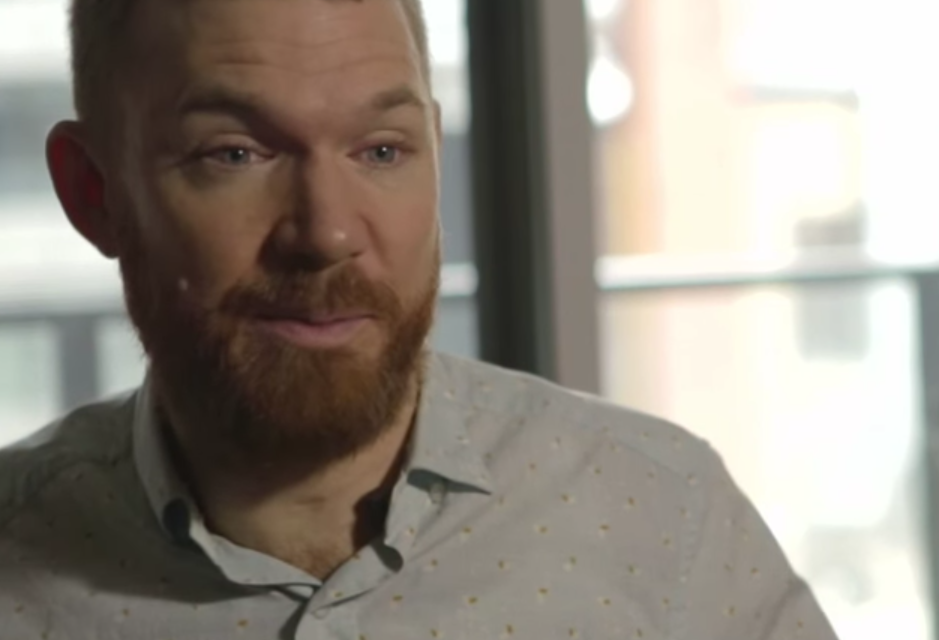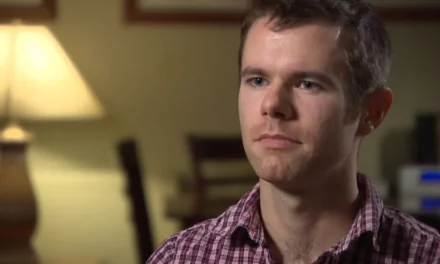Luke Anderson was a gifted athlete, he was passionate about seeking adventure in the great outdoors and loved working with his hands. He graduated from university with an engineering degree, was following his dream living in the mountains with like-minded outdoor enthusiasts and was working as a home builder. He had the world at his fingertips.
Luke Anderson was a gifted athlete, he was passionate about seeking adventure in the great outdoors and loved working with his hands. He graduated from university with an engineering degree, was following his dream living in the mountains with like-minded outdoor enthusiasts and was working as a home builder. He had the world at his fingertips.
In the fall of 2002 Luke and his good friend Johnny were riding down a tricky trail they had heard other mountain bikers raving about. They came upon a 25ft gap which Johnny cleared without a problem. Luke was determined to give it a try as well. He made sure he was in the right gear, gripped the handlebars tightly, pushed down hard on the pedals, left the takeoff platform, and his life as he knew it.
In that moment Luke went from being a physically independent person to someone who must now depend on others for help. In that instant he entered a world that was no longer completely accessible to him. This frustration is what led to the StopGap Foundation. The main focus of the foundation is the Ramp Project, a volunteer-run campaign that creates awareness about barriers in the built environment.
StopGap Foundation
The StopGap Foundation was registered as a charitable organization in October 2013 but it’s roots date back to the fall of 2011. Building ramps for single-step storefronts began as an initiative to raise awareness about barriers in our built environment.
StopGap’s first project to increase awareness was the launch of the first Community Ramp Project in Toronto’s Junction neighbourhood. Through material donated by local hardware stores and volunteer labour, the Community Ramp Project provided a deployable ramp at no cost to 12 businesses in the area.
StopGap’s lightweight plywood ramps were painted in bright colours to attract attention. StopGap.ca was stenciled on each to drive people to learn about the project.
It became clear from the incredibly positive outcome of the first Community Ramp Project that similar projects could be launched in different communities across the GTA. It also proved to have huge potential in raising awareness about accessibility on a national scale.
More on the Foundation can be found a their website or YouTube channel.





